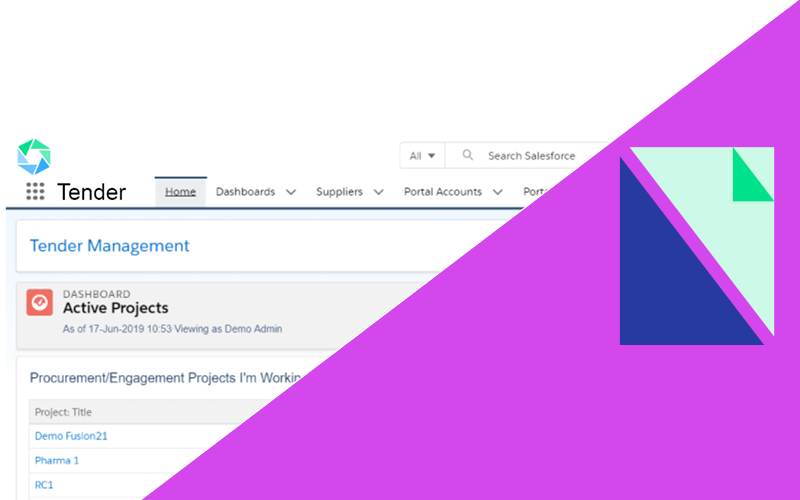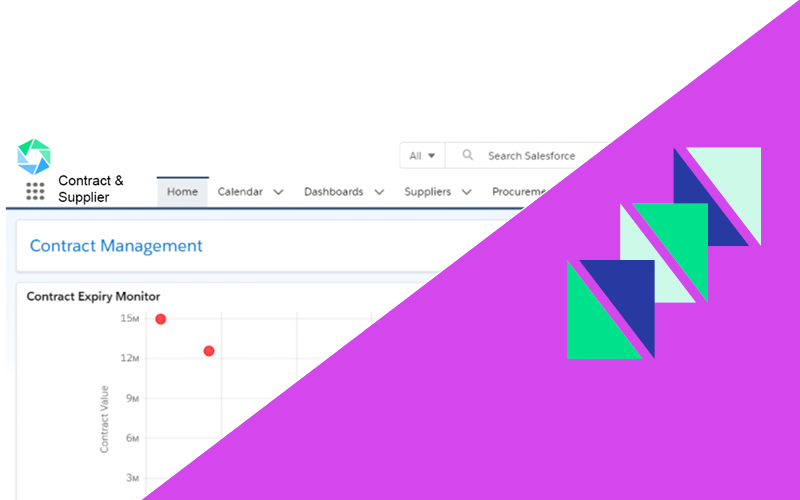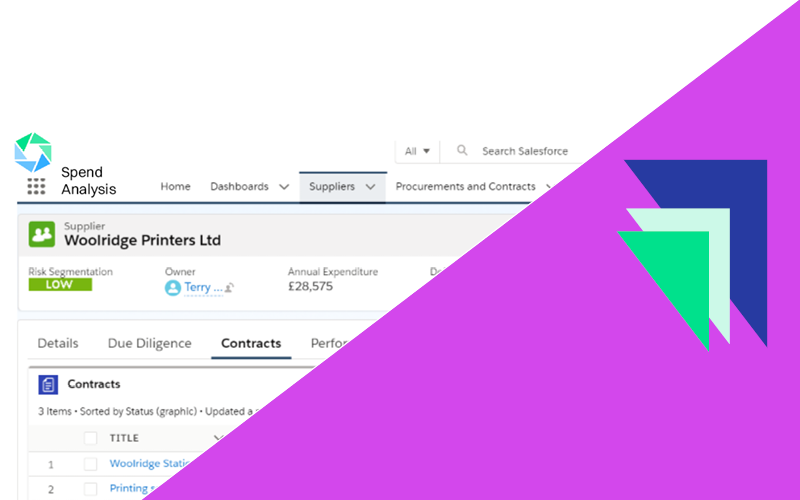At Atamis, we make it our business to know the prominent sticking points our clients are facing in their day to day operations. We like to understand the challenges faced by our clients so we can measure our product by its ability to overcome these obstacles. With this in mind, here are the top 5 pain points we see facing procurement teams in 2023.
- Supplier Relationship Management
This is one point we hear time and again from our clients. Things can get tricky if a client is frustrated with the quality of goods and services provided by their suppliers. As well as issues linked to supplier communication and delivery times, finding reliable and trustworthy suppliers is high up on the to do list for procurement teams.
Poor SRM can have a negative impact on procurement teams and on the business overall in many different ways. A poor relationship between you and your suppliers can sap creativity from your supply chain and lead to lost opportunities to drive value. Moreover, if your suppliers don’t feel valued or respected, they are less likely to devise creative solutions that may lead to time savings and added value.
Without robust SRM practices in place, teams may struggle to hold suppliers accountable when there are delays or errors that fail to measure up to your core KPIs. You may also find that there could be reputational risk for your organisation; suppliers who feel undervalued or disrespected may spread the word to other suppliers in your space.
- Cost Control
Another significant pain point for procurement teams is cost control with increased lead times for delivery across supply chains and difficulties in negotiating favourable prices with suppliers. Globalisation has opened procurement teams up to a whole world of potential suppliers, this has put immense pressure on procurement professionals to find and negotiate beneficial deals with suppliers.
Equally, volatile market conditions such as those experienced during the Covid 19 pandemic, Brexit or War in Ukraine can have a significant impact on cost of goods and services as suppliers react to unforeseen occurrences. Changes in inflation rates also need to be monitored carefully to preempt any fluctuations to the cost of goods and services.
When it comes to cost control for procurement departments, visibility is crucial, if you can’t see plainly when fluctuations occur, how can you preempt them? How can you accurately forecast or measure their impact?
- Digital Transformation
In 2023, incorporating digital solutions is on the agenda no matter what industry you work in. For procurement professionals, this conversation usually centres around which procurement software partner to work with.
Customers have reported encountering a variety of challenges when it comes to adopting new technologies and transitioning to digital procurement processes. Some procurement software systems are overly complex in many ways, or there may be obstacles with integrating existing workflows. A main driver for procurement teams is creating a single view of the supply chain.
Fundamentally, although there may be hiccups when integrating a procurement software system, the alternative – usually multiple excel spreadsheets – tends to be clunky and difficult to accurately maintain for procurement teams past a certain point.
- Sustainability
At Atamis, we love discussing incorporating sustainability into procurement KPIs with our clients. We’re seeing more and more clients becoming increasingly concerned with sustainability and environmental issues.
For procurement departments, one of the main challenges is finding sustainable suppliers. To do this you need a software partner that gives you power over your own data and can make it work for you. You need to be able to judge prospective suppliers by your own unique criteria – which will be determined by the overall goals of your organisation.
Equally, balancing sustainability with cost is pivotal. Unfortunately, across the globe there is a tendency to turn to the cheapest option and this option usually brings with it a negative environmental impact.
Overcoming these obstacles will likely be a challenge procurement departments will face for many years to come as the global perspective on sustainability changes. However, fostering strong relationships with key suppliers to encourage creativity and innovation and ensuring you have a robust set of sustainability KPIs are both crucial for success (and of course a software partner that allows you to scrutinise your data to measure performance against these goals).
- Talent Acquisition
In the UK, many industries are experiencing a skills shortage, making recruiting top talent and retaining those key personnel a real challenge. For procurement professionals, lack of resources in the team can increase the workload for individuals, this particularly impacts your more experienced team members as they will likely need to take on more responsibility.
This impacts the team in a number of ways. When people are busy it’s hard to train junior team members to enable delegation. If your senior team members are treading water, it’ll be difficult for them to be creative with their solutions. Your team then ends up working reactively rather than proactively due to working at capacity.
This particular pain point is complex in terms of identifying a solution however, offering hybrid working, although it can be a double-edged sword, opens recruiters up to a much larger talent pool. Ensuring your team has diary time dedicated to training to ensure any junior team members can provide the support necessary to try and stop senior team becoming overwhelmed. Equally, taking the pressure off when it comes to manual data entry and spreadsheet management by implementing a procurement software partner that gives your team access to crucial Management Information.
Procurement teams have a complicated job ahead of them, and the solutions to these pain points are likely to be multi-faceted. Getting on top of your Supplier Relationship Management in paramount and ensuring you are able to fully use the data available to you to track and visualise your progress towards key KPIs.
If you’re ready to talk about your procurement software needs, get in touch today at info@atamis.co.uk
 Our Pipeline App empowers your team to plan ahead and forecast for upcoming procurement activities.
Our Pipeline App empowers your team to plan ahead and forecast for upcoming procurement activities.  The Tender App allows your team to visualise all sourcing activities within your Atamis platform, from issuing tenders to receiving bids.
The Tender App allows your team to visualise all sourcing activities within your Atamis platform, from issuing tenders to receiving bids. Our Contract & Supplier App puts your team in firm control of your key supplier relationships and provides a central repository for all contracts.
Our Contract & Supplier App puts your team in firm control of your key supplier relationships and provides a central repository for all contracts.  Our Enhancers ensure your solution is tailored to your needs. Pick and choose additional functionality that fits your requirements.
Our Enhancers ensure your solution is tailored to your needs. Pick and choose additional functionality that fits your requirements. 